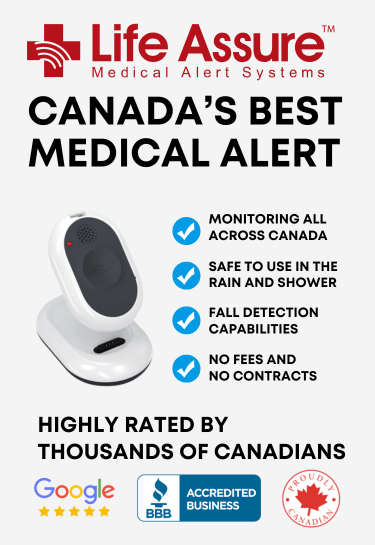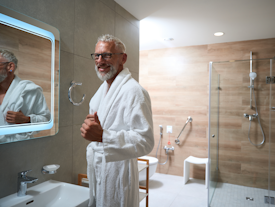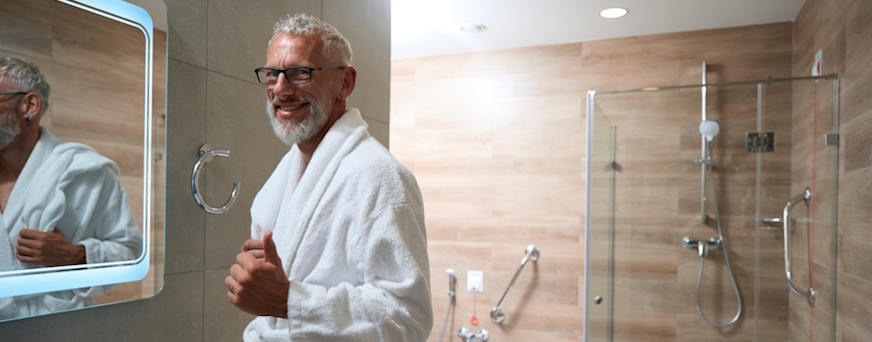The Benefits Of Using A Carbon Monoxide Alarm In Your Home
Carbon monoxide (CO) alarms are essential for Canadian seniors' safety. They provide early detection of this odourless, deadly gas, reducing the risk of poisoning in homes.Carbon monoxide alarm offers vital protection by detecting dangerous CO levels. Explore how this alarm works, its technology, and detection methods, and learn the necessary steps for installation and maintenance to keep your home safe.
Life Assure Product Quiz
Find The Perfect Medical Alert Device
Take our 30 second quiz and discover which Life Assure medical alert device is the right fit for you or a loved one.
Life Assure Product Quiz
Find The Perfect Medical Alert Device
Take our 30 second quiz and discover which Life Assure medical alert device is the right fit for you or a loved one.
What Is Carbon Monoxide And Why Is It Dangerous?
Carbon monoxide is a silent threat. This colourless, odourless gas comes from burning fuels like natural gas, propane, oil, wood, and coal. Everyday items such as gas stoves, fireplaces, and furnaces can produce CO, making it a hidden danger in homes. The risk is even greater for seniors due to potentially weaker respiratory and cardiovascular systems. Symptoms of CO poisoning—headaches, dizziness, weakness, nausea, and confusion—can escalate quickly, leading to unconsciousness or worse.
Early detection of carbon monoxide poisoning is crucial in seniors because they are more vulnerable to its effects before symptoms are recognized. Since carbon monoxide is odorless and invisible, a reliable alarm is crucial for early detection and prevention, allowing seniors to evacuate and seek medical help before serious harm occurs.
How Does A Carbon Monoxide Alarm Work?
Carbon monoxide (CO) alarms use advanced sensing technology to detect dangerous levels of CO in the air. These alarms are designed for continuous monitoring, providing reliable protection for homes, especially for seniors who may not notice early symptoms of poisoning. They operate on battery power or are hardwired with battery backup, ensuring functionality even during power outages. With compact designs and easy installation, alarms offer an essential layer of safety for Canadian households.
The core of CO alarms lies in their sensor technology, which detects CO at varying concentration levels. Most models use an electrochemical sensor, which is highly accurate and responds quickly to CO exposure. This sensor contains electrodes immersed in a chemical solution that reacts with CO, generating an electric current that signals the presence of the gas. Unlike older sensor types, electrochemical sensors are less prone to false alarms from household chemicals, ensuring reliable detection.
Once dangerous CO levels are detected, the alarm system alerts users immediately.CO alarms emit a loud, piercing siren of at least 85 decibels, ensuring it can wake sleeping individuals and alert those with hearing impairments. Some models include voice alerts that specify the danger, reducing confusion during emergencies. Additionally, interconnected alarms can trigger all units in a home simultaneously, providing widespread notification and ensuring seniors have ample time to evacuate safely.
Features Of A Carbon Monoxide Alarms
Carbon monoxide alarms come equipped with key features that enhance safety and ease of use. Digital displays provide real-time CO level readings, helping users monitor even low-level exposure. Battery backup ensures continued operation during power outages, which is crucial for seniors who rely on consistent protection. The test/silence button allows for easy functionality checks and to silence nuisance alarms without turning off the device.
Additional features further improve safety and usability, particularly for seniors. Some models offer voice alerts that specify the danger, decreasing disorientation in emergencies. Wireless interconnectivity enables multiple alarms to trigger simultaneously, ensuring a faster response throughout the home. LED indicator lights provide a visual status of power, fault, or alarm conditions, making it easier for seniors to verify functionality at a glance.
Installing Your Carbon Monoxide Alarm
To install a carbon monoxide alarm correctly, choose a suitable location, ideally at eye level, for easy monitoring. Use the included mounting bracket to mark screw holes, then drill and secure the bracket to the wall or ceiling. Align the alarm with the bracket and twist it into place until it clicks. Finally, insert or activate the batteries and press the test button to confirm it’s working correctly.
For optimal placement, install CO alarms near sleeping areas to ensure you hear alerts at night. Place alarms on every level of the home, especially near fuel-burning appliances like furnaces and fireplaces. Avoid installing them in bathrooms, kitchens, or near vents, as steam and airflow can interfere with accurate readings. If using interconnected alarms, ensure you evenly distribute them to provide comprehensive coverage throughout the home.
Following the manufacturer’s installation instructions is crucial for the alarm to function correctly and provide reliable protection. Improper placement or installation can delay detection, putting seniors at risk of CO poisoning. Regularly checking the alarm’s power source and performing routine tests ensures it remains in working condition. By adhering to guidelines, homeowners can maximize the effectiveness of their CO alarms and enhance safety.
Maintaining Your Carbon Monoxide Alarm
Regular upkeep is key to your alarm's reliability. Test it monthly by pressing the test button to ensure it sounds properly. Replace batteries annually or when the low-battery indicator lights up, even if the alarm seems fine. Clean it with a soft cloth or vacuum the vents to prevent dust buildup. If issues arise, consult the troubleshooting guide or contact customer support.
Additional Safety Tips For Canadian Seniors
Beyond installing an alarm, there are other steps seniors can take to enhance safety. To prevent CO buildup, regularly inspect and maintain heating systems, water heaters, and other fuel-burning appliances. Ensure proper ventilation and have appliances serviced by qualified technicians. An emergency plan is critical—know the symptoms of CO poisoning, keep emergency contacts handy, and plan evacuation routes. Regular drills can ensure everyone knows what to do if the alarm sounds.
Conclusion
A carbon monoxide alarm is a vital safety device for Canadian seniors, offering early detection of a potentially deadly threat. By understanding how these alarms work, installing them correctly, and maintaining them regularly, seniors can enjoy peace of mind knowing they are protected against carbon monoxide dangers. Ensure you correctly install and maintain your alarm to safeguard your home and health.






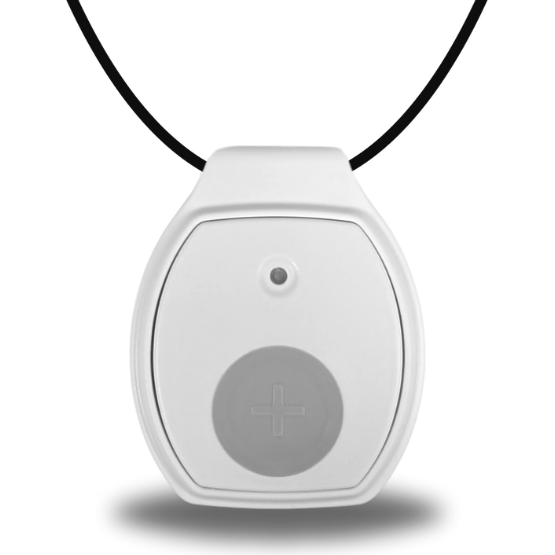


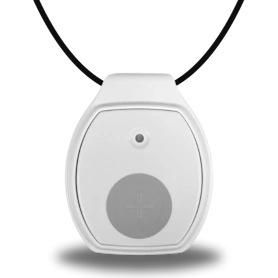
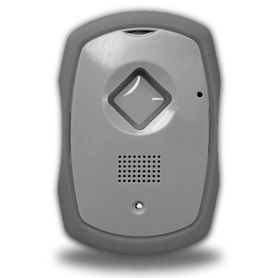
 Get Help With The Push Of A Button
Get Help With The Push Of A Button